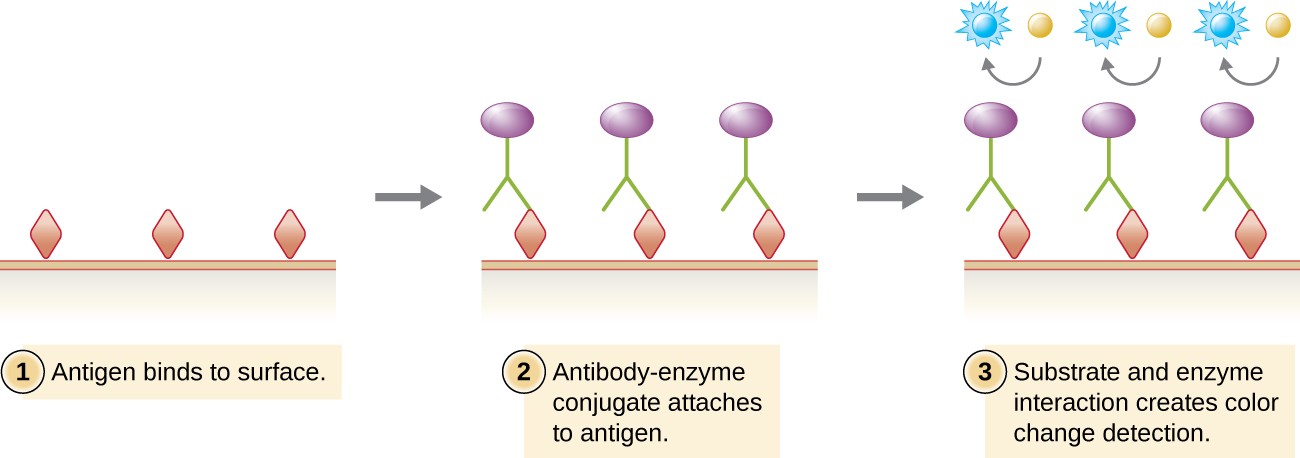
It requires high-quality antibody for the detection of the desired protein by hybridization. The membrane with the transferred protein can be used to identify the desired protein.

The membrane which is used for western blotting is mostly made up of nitrocellulose or polyvinylidene difluoride (PVDF). Western blot is the membrane used during the blotting procedure to get the mirror image of the protein patterns in the SDS- polyacrylamide gel. Western blotting technique enables the detection of a specific protein from a protein mixture and measurement of the quantity and molecular weight of the protein. Since SDS denatures proteins prior to separation, it does not allow the detection of enzymatic activity, protein binding interactions, protein cofactors, etc. SDS Page technique has a major limitation in protein analysis. However, SDS Page is considered as a high-resolution protein separation technique. The pore sizes of the gel should be properly managed for effective separation. The correct concentration of polyacrylamide and the type of the cross-linking agent used strongly affect the physical properties of the gel, which makes the actual separation of the different proteins. The preparation of the polyacrylamide gel for the fractionation of proteins is a crucial step in SDS Page. Therefore, SDS page is useful for the separation of individual proteins based on their sizes. According to the sizes of the proteins, migrating speeds differ among proteins and separation occurs. Denatured proteins which are negatively charged migrate towards the positive end of the apparatus through the gel. Polyacrylamide becomes the solid support for the gel. SDS is an anionic detergent which is used to linearize proteins (denature proteins) and to impart a negative charge to linearized proteins proportional to their molecular mass. Once the proteins are extracted from the sample, they are run on a gel made up of SDS and polyacrylamide. It is commonly used in biochemistry, genetics, forensics and molecular biology. SDS Page is a gel electrophoresis technique used for protein separation. Side by Side Comparison – SDS Page vs Western Blot Both are useful in protein analysis studies.Ĥ. The key difference between SDS Page and western blot is that SDS Page allows the separation of proteins in a mixture while western blot allows detection and quantification of a specific protein from a mixture. Western blot is a special sheet of a blotting membrane which is used to transfer the same pattern of the proteins in the SDS Page. Sodium dodecyl sulfate polyacrylamide gel electrophoresis (SDS Page) is a kind of gel electrophoresis technique which is used to separate proteins according to their sizes (molecular weights). This technique is performed via several key steps: gel electrophoresis, blotting, and hybridization.

Western blotting is a technique which detects a specific protein from a protein sample. Key Difference – SDS Page vs Western Blot


 0 kommentar(er)
0 kommentar(er)
